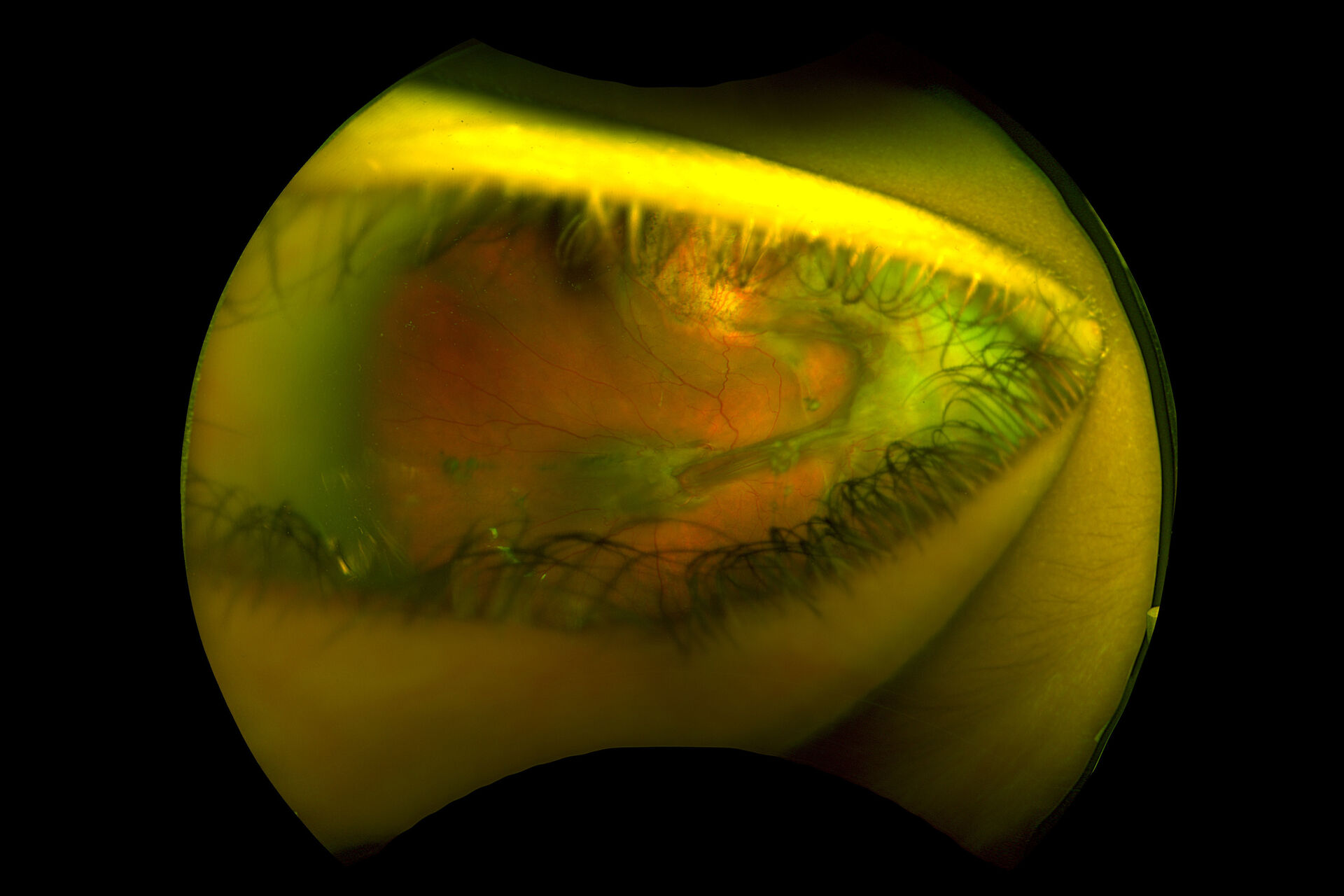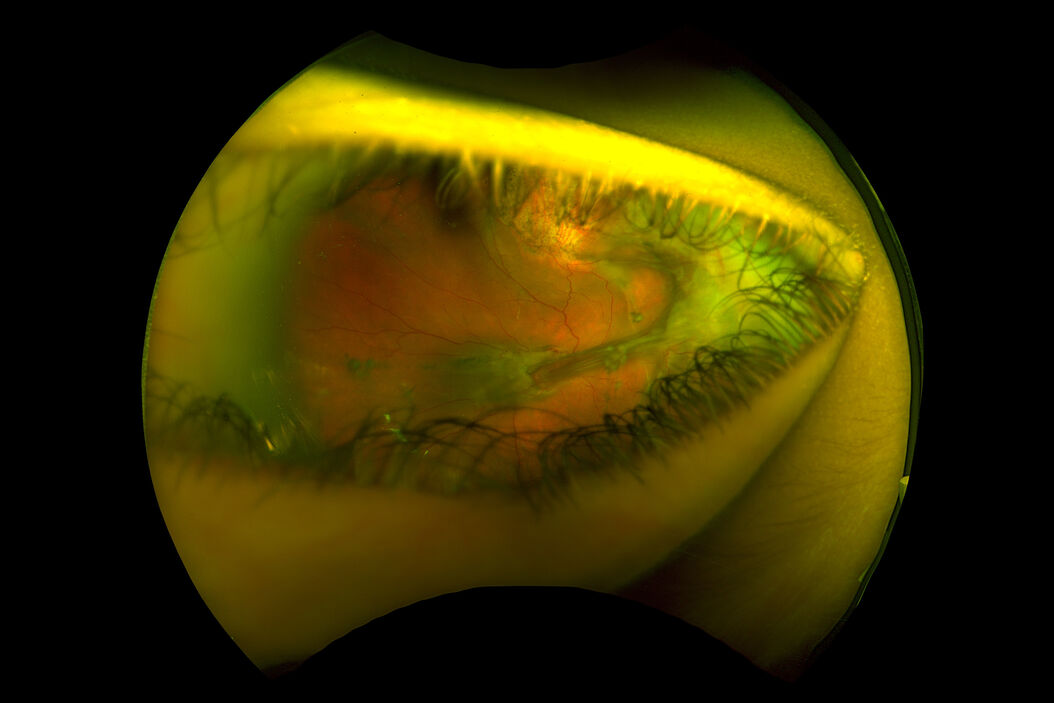Introduction
PVR surgery is especially challenging for a host of reasons, including the reduced countertraction for membrane removal against detached retina, the risk for creating additional retinal holes, hemorrhage, or inflammation that can generate new PVR, and the high likelihood of requiring prone positioning postoperatively to keep the retina attached. PVR may appear as prominent, white, fibrotic tissue with infolding of adjacent retina creating a classic “star fold” appearance. It may also manifest as thin sheets without obvious distortion. Incomplete removal of PVR may prevent retinal attachment or lead to recurrent RD after silicone oil tamponade is removed. Therefore, PVR should be removed as completely as possible to maximize the chances for permanent retinal attachment.
Continue Reading
Read more about surgical management of PVR and see video of how Dr. Sisk treated a traumatic retinal detachment utilizing intraoperative OCT on the Proveo 8 surgical microscope.
About Dr. Robert Sisk

Robert Sisk, MD is Associate Professor of Ophthalmology at the University of Cincinnati. He is a Vitreoretinal Surgeon and partner at Cincinnati Eye Institute and serves as Director of Pediatric Retinal Surgery and Director of Ophthalmic Genetics at Cincinnati Children’s Hospital. He completed a Vitreoretinal fellowship at Bascom Palmer Eye Institute after his Ophthalmology residency at University of Cincinnati. He is a principal investigator for numerous clinical trials with interests in gene and cell therapy, macular degeneration, and diabetic retinopathy.
References
- Idrees, S., MD, Sridhar, J., MD, & Kuriyan, A. E., MD. (2019). Proliferative Vitreoretinopathy: A Review. International Ophthalmology Clinics, 59(1), 221-240. doi:10.1097/iio.0000000000000258
- Khan, M. A., Brady, C. J., & Kaiser, R. S. (2015). Clinical Management Of Proliferative Vitreoretinopathy. Retina, 35(2), 165-175. doi:10.1097/iae.0000000000000447
- Pastor, J., MD. (1998). Proliferative Vitreoretinopathy: An Overview. Survey of Ophthalmology, 43(1), 3-18. doi:10.1016/s0039-6257(98)00023-x
- Dai, Y., Dai, C., & Sun, T. (2020). Inflammatory mediators of proliferative vitreoretinopathy: Hypothesis and review. International Ophthalmology, 40(6), 1587-1601. doi:10.1007/s10792-020-01325-4
- Chaudhary, R., Scott, R. A., Wallace, G., Berry, M., Logan, A., & Blanch, R. J. (2020). Inflammatory and Fibrogenic Factors in Proliferative Vitreoretinopathy Development. Translational Vision Science & Technology, 9(3). doi:10.1167/tvst.9.3.23
- Takahashi, H., MD, Uramoto, K., MD, & Ohno-Matsui, K., MD. (2020). Ultra-Widefield Optical Coherence Tomography For Retinal Detachment With Proliferative Vitreoretinopathy. RETINAL Cases & Brief Reports, Publish Ahead of Print. doi:10.1097/icb.0000000000000980
Related Articles
-
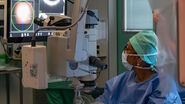
RPE65 Gene Therapy Subretinal Injection: Benefits of Intraoperative OCT
Discover how RPE65 gene therapy subretinal injection procedures in patients with Leber congenital…
Feb 01, 2024Read article -
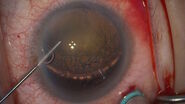
Dislocated Cataract Angle Closure Aided by Intraoperative OCT
Learn how a dislocated cataract was treated with angle closure assisted by intraoperative OCT to…
Dec 07, 2023Read article -
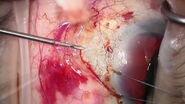
Glaucoma Stent Revision Surgery Guided by Intraoperative OCT
Learn about a glaucoma subconjunctival stent revision guided by intraoperative OCT and the important…
Nov 28, 2023Read article
